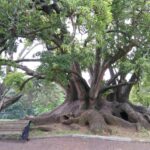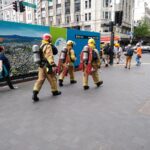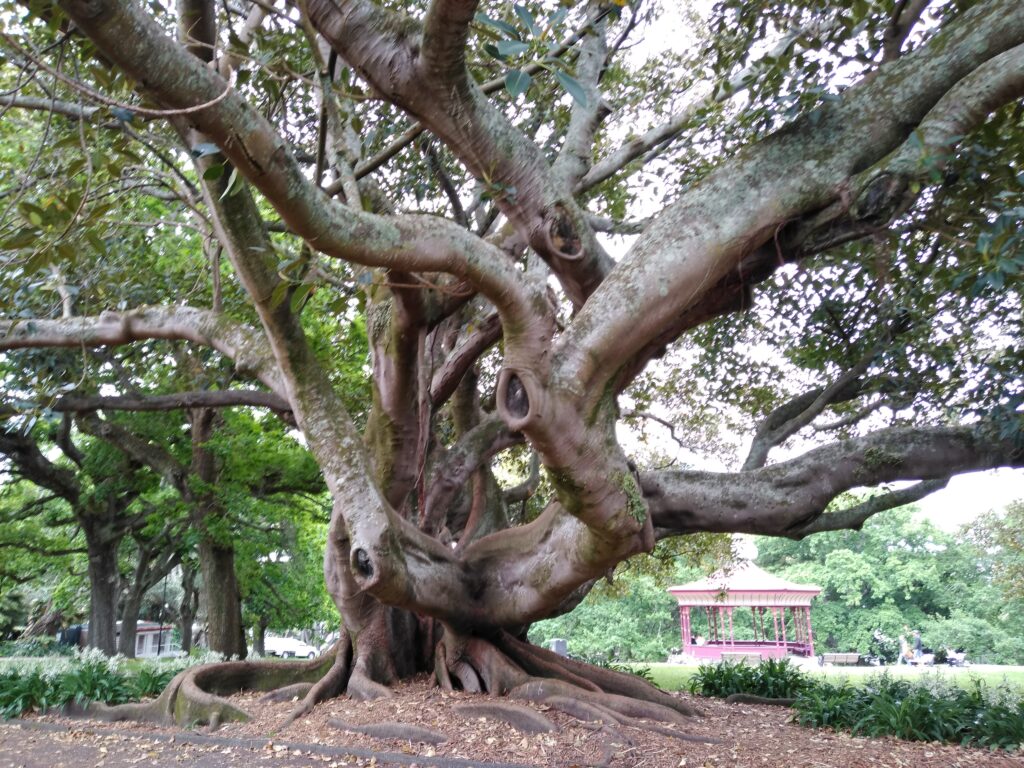 It was the Golden Age mysteries of Ngaio Marsh that first piqued my curiosity about New Zealand. How could someone who wrote like Agatha Christie come from a country so foreign from hers or mine? — ornamented by different flowers and birds, forested by different trees, overhung with different stars? It’s taken decades, but on Nov. 7th I finally embarked to find out: curled up for the night in my San Francisco airplane seat and woke the next morning in Auckland two days later.
It was the Golden Age mysteries of Ngaio Marsh that first piqued my curiosity about New Zealand. How could someone who wrote like Agatha Christie come from a country so foreign from hers or mine? — ornamented by different flowers and birds, forested by different trees, overhung with different stars? It’s taken decades, but on Nov. 7th I finally embarked to find out: curled up for the night in my San Francisco airplane seat and woke the next morning in Auckland two days later.
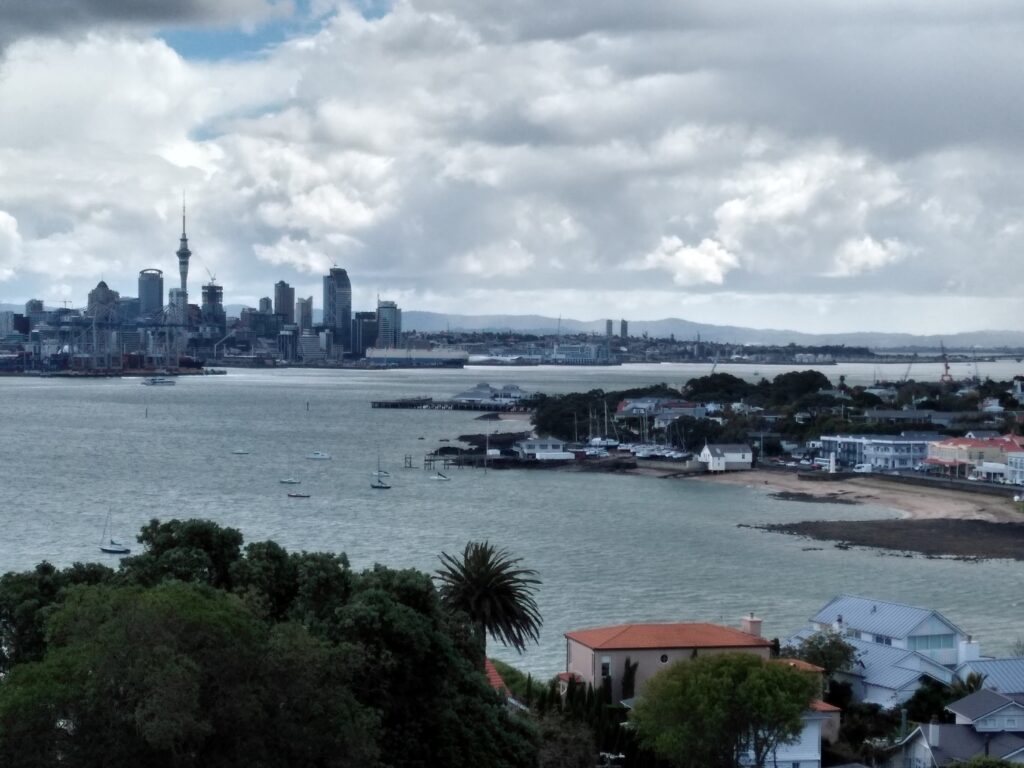
Since I wanted to see as much as I could of two large and diverse islands I know very little about and may not get another chance to visit, I joined Road Scholar’s small-group tour “A New Zealand Odyssey: Indigenous Culture & Natural Beauty.” Before meeting my fellow travelers, I explored the harbor, ate fresh-picked strawberries, snap peas, and pears from the Saturday farmers’ market (it’s spring in NZ), walked up Queen Street to admire 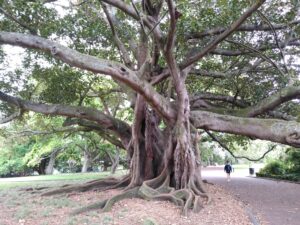 the massive banyan-like Moreton Fig trees and handless topiary clock in Albert Park,
the massive banyan-like Moreton Fig trees and handless topiary clock in Albert Park,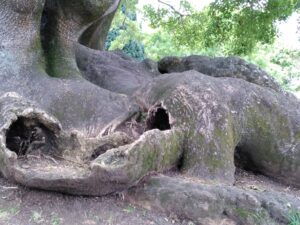
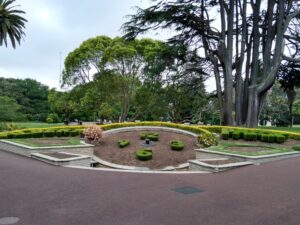 and then caught a bus to the zoo.
and then caught a bus to the zoo.
A gatekeeper told me I’d missed the penguin feeding but should just catch the kiwis. Odd! I stepped through the kiwi door into a long dark space where I couldn’t see a thing. After a few minutes, trees and bushes appeared behind a plexiglas wall. After several more minutes, I spotted two moving shapes. They didn’t look like kiwi fruits, as I’d vaguely expected. They looked like Edward Gorey characters: furry brown egg-shaped bodies the size of small geese, round heads with long beaks, chasing each other furtively through the underbrush on chopstick legs. No photos: kiwis are nocturnal, hence the dark enclosure. So is the goggle-eyed owl (ruru in Maori, morepark in English) who abruptly flapped and shrieked to life.
In the zoo’s aviary I climbed a wooden staircase into treetops and waited. First came a medley of songs — whistles, warbles, tweets, chuckles — I’d never heard before. Then came the parrots: the small green red-crowned kakariki, similar to San Francisco’s conures, followed by the larger brown kea. Through the leaves I spotted a fat black-and-white bird whose name I can’t remember. My favorite was the tui, a blackbird (rainbow-sheened in sunlight) with wavy white collar-feathers and two improbable cotton-ball neck puffs. I learned the next day it owes its wide vocal range to having two larynxes.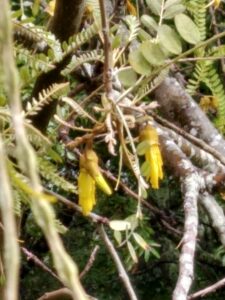 It also has a tongue even longer than its beak which evidently has co-evolved with legume trees including the yellow-flowered kowhai: feeding on nectar deep inside the blossoms, the tui pollinates the tree.
It also has a tongue even longer than its beak which evidently has co-evolved with legume trees including the yellow-flowered kowhai: feeding on nectar deep inside the blossoms, the tui pollinates the tree.
The zoo was closing, so I hopped the bus back to the harbor. My hotel is near the water, but in between a new subway station is under construction, with all the obstacles that entails, from night drilling to fire engines which fortunately were just wrapping up a false alarm. Back home in San Francisco, night had fallen around the hour I said goodbye to the penguins, cormorant (called a shag here), and white rhinoceros. Grateful for those several extra hours of daylight, I set about unpacking and adjusting to New Zealand time.

